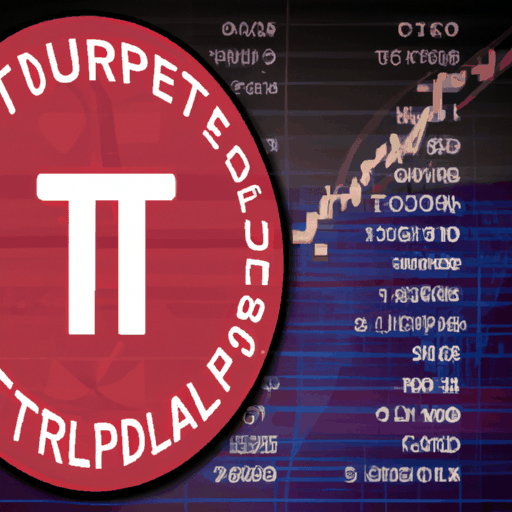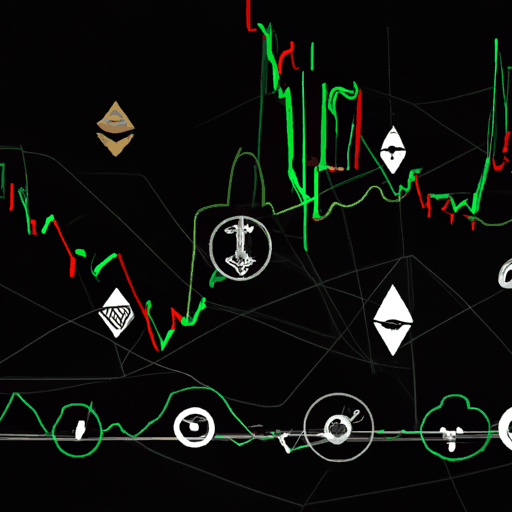
Cryptocurrencies Plunge Amidst Trump's Tariff Strategy
By: Eliza Bennet
The global cryptocurrency market experienced a significant downturn following intensified trade policies announced by the administration of former U.S. President Donald Trump. This strategic move to implement severe tariffs caused notable unease across global stock markets and did not spare the thriving digital currency space. The tariffs, which took effect on April 5, struck all trading partners with a baseline 10% levy. This implementation was part of a broader economic strategy aimed to recalibrate U.S. trade imbalances, purportedly as a necessary 'medicine' to heal longstanding fiscal discrepancies.
Particularly affected were China, with tariffs escalated to 34%, the European Union at 20%, and Japan at 24%. The ramifications of these tariffs extended beyond traditional markets, wreaking havoc in the cryptocurrency sector. Bitcoin, the flagship digital currency, saw a sharp decline—shedding over 6% of its value within 24 hours, dropping to approximately $77,883 per Bitcoin. Meanwhile, Ethereum, the second-largest cryptocurrency by market capitalization, experienced a significant 12% decrease, trading around $1,575. The broader crypto market cap plummeted over 8% to reach a newer low of $2.5 trillion.
Adding to the turbulence, economist Peter Schiff voiced skepticism regarding the crypto market's resilience amidst this financial onslaught. With immense pressure mounting from the imposition of harsh trade tariffs, Schiff indicated that virtual currencies might be beginning to show cracks, questioning their long-term viability amidst such volatile economic policies. These developments underscore the complex interactions between geopolitical strategies and market dynamics, raising questions about future stability and investor confidence in digital assets.
The ongoing economic strategies and reactions from market stakeholders highlight the evolving nature of both traditional and digital asset markets. As investors navigate this flux, it brings to focus the critical need for adaptive strategies and robust contingency plans to safeguard against geopolitical economic maneuvers. The impact of such tariffs and their fallout only serves to remind stakeholders within the cryptocurrency domain of the ever-present and interconnected risks that shape this rapidly evolving landscape.



